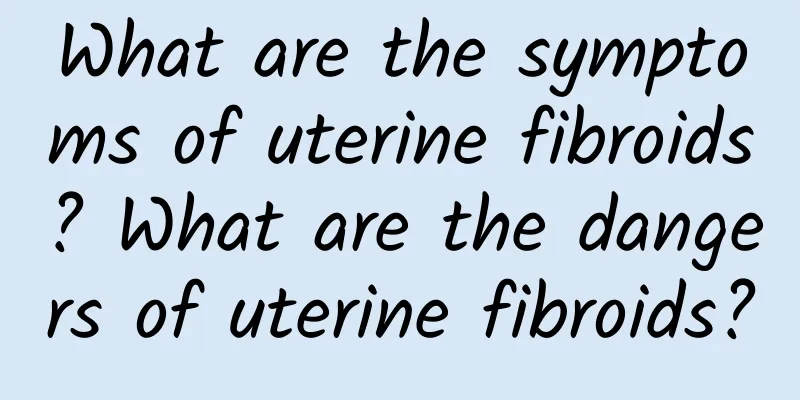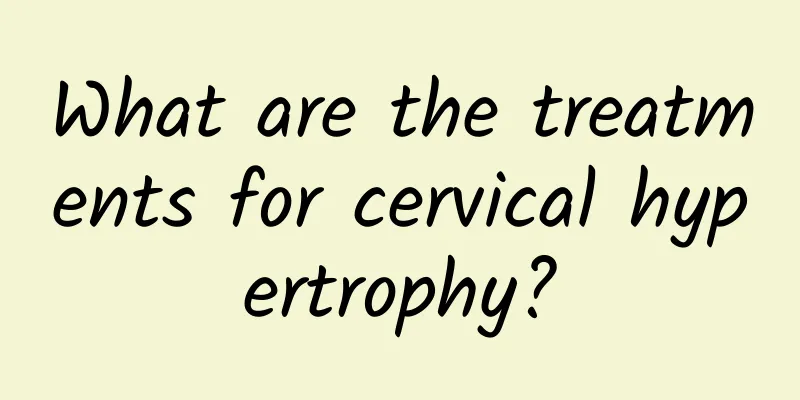How to get pregnant with endometriosis

|
Under normal circumstances, the endometrium covers the surface of the uterine cavity. If, due to some factors, the endometrium grows in other parts of the uterus and causes disease, it can become endometriosis. So can women with endometriosis get pregnant? Infertility experts point out that the infertility rate of normal women is about 15%, while that of patients with endometriosis can be as high as 40%. Endometriosis is a gynecological disease caused by the growth of endometrium in any part of the uterine cavity, such as the ovaries, uterosacral ligaments, the posterior wall serosal layer of the lower uterine segment, the uterine rectal pouch, and the pelvic peritoneum of the sigmoid colon, and can also occur in the uterine muscle layer. The relationship between endometriosis and infertility has attracted clinical attention, and endometriosis is considered to be one of the main causes of infertility. In clinical practice, for women complaining of infertility, if the fallopian tubes are patent, the basal body temperature is biphasic, the endometrial response is good, and the post-coital test is normal, the possibility of endometriosis should be considered. Experts say that timely treatment can greatly increase the possibility of pregnancy. Before treatment, the diagnosis should be as clear as possible, and the patient's age, fertility requirements, severity of the disease, symptoms and the extent of the lesion should be considered comprehensively. Generally, it is divided into conservative treatment and surgical treatment. 1. Conservative treatment: Based on the patient's clinical manifestations, combined with examinations, rational medication is used. However, many years of clinical data show that conservative treatment is not effective, and most patients still need surgical treatment in the end. 2. Surgical treatment: Surgery is the main method for treating endometriosis, because it can basically determine the scope and nature of the lesion under direct vision, and it is more effective in relieving pain and promoting fertility. Surgery can be divided into open surgery and laparoscopic minimally invasive surgery. If necessary, combined laparoscopic and hysteroscopy can be performed. 1. Open surgery: It is mostly used for endometriosis, combined with adenomyosis or multiple surgical histories, and severe pelvic adhesions. Open surgery can carefully separate the adhesions, more thoroughly remove the lesions, and satisfactorily suture the wound (which is beneficial for future pregnancy). The hospitalization after surgery is 3 days longer than that of laparoscopic surgery, and the stitches on the abdominal wall wound do not need to be removed. 2. Laparoscopic surgery: It is mostly used for endometriosis combined with ovarian chocolate cysts, or for those with mild adhesions. If they want to have children and open the fallopian tubes at the same time, the surgical incision is small and the recovery is relatively fast. |
<<: Can I do yoga with endometriosis?
>>: How much does it cost to treat endometriosis?
Recommend
20% of nuts found to be unqualified in New Year food inspections
As the Spring Festival approaches, the Taipei Cit...
Is there a high chance of pregnancy with cervical erosion?
Whether cervical erosion will affect the probabil...
What are the most typical symptoms of cervicitis?
The disease that is most likely to occur in the c...
How should women take care of vulvar leukoplakia?
Vulvar leukoplakia seriously affects women's ...
Hyperprolactinemia nursing routine
Many patients with hyperprolactinemia find that t...
Get rid of the rotten oil storm! Anti-cancer professor vegetable and fruit juice detox
The domestic controversy over rancid oil has caus...
How to treat cervical polyps thoroughly? Choose the treatment method according to the condition
In recent years, the incidence of cervical polyps...
Choosing the right food to eat can help people who eat out lose weight easily
Text/Zhu Yihao Only by combining exercise and die...
Which department should I go to for insomnia? It turns out that these departments can treat insomnia
Which department should I go to for insomnia? Now...
A variety of factors can easily lead to the formation of ectopic pregnancy
In life, there are people who suffer from ectopic...
Breakfast contains three hidden calorie mines! Sandwich clips, these are tough guys
Eat breakfast like a king! Breakfast can start th...
How exercise can help remove uterine fluid
As we all know, exercise can enhance one's ph...
Experts teach you to understand the main causes of primary dysmenorrhea
Primary dysmenorrhea is a type of dysmenorrhea. W...
What is vaginitis?
What is vaginitis? This is a concern for everyone...
How many days to recover from ovarian cyst surgery
For women who undergo laparoscopic minimally inva...









